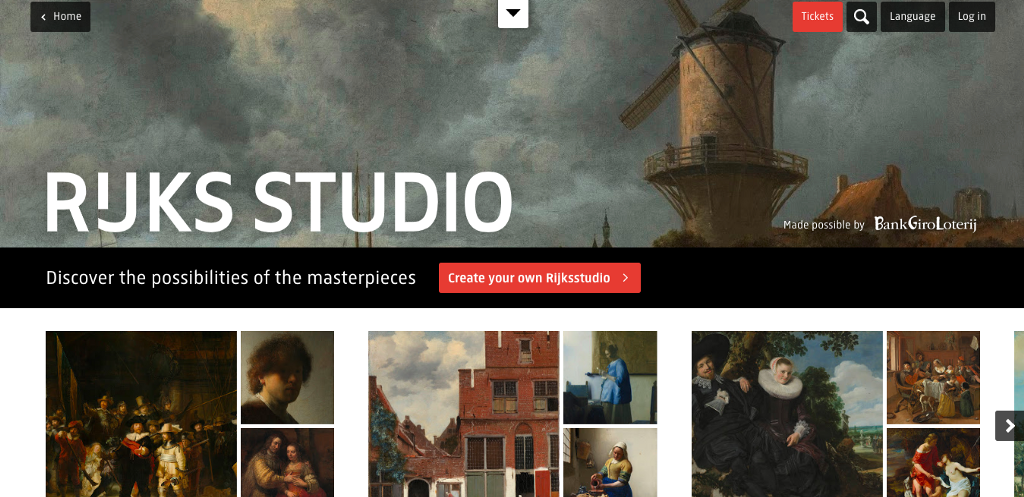
Beyond Digitization: Planning for Open Access Collections
November 6, 2018 - All
The case for making open access an objective in museum digital strategy
As museums begin to move towards a systemic integration of digital tools and services across departments, ideas and strategies which were once considered revolutionary are becoming standardized as best practices and expanded beyond their original mandate. Collection digitization was once considered to refer primarily to the digitization of analog objects for internal use. However, this practice now forms the cornerstone of digital strategies across the GLAM sector and is increasingly being leveraged as a method to allow virtual audiences to interact with the collection outside of the traditional gallery space.
Several key collections management policy guidelines, such as those published by the American Alliance of Museums (AAM), have provisions for including a digitization policy as a matter of institutional practice for museums of all sizes. While this type of work is undoubtedly important and has been increasingly made a high priority by institutions seeking a more holistic approach to digital strategy, many museums are beginning to consider the next steps that could be taken with a digitized collection.
What is Open Access?
Since the founding of the initiative, members of the OpenGLAM movement have been advocating for increased open access policies across the sector. There is no one-size-fits-all definition of what constitutes open access in cultural heritage institutions. However, in her study, The Impact of Open Access on Galleries, Libraries, Museums, and Archives, Effie Kapsalis identifies some key general standards for open access:
- For materials in the public domain: “open access generally means full access and use without restriction.”
- For copyrighted materials: “ open access means access and use only when consistent with fair use.”
The Challenges of Open Access For Museums
At the start of the trend toward open access, many professionals in the museum field raised concerns over what they perceived to be the risks presented by an institutional shift in this direction. Resistance to implementing these types of policies tended to center on:
- Loss of control over the use of collection images
- Lost opportunities for profit from rights and reproduction
- Concerns over copyright and licensing responsibilities, particularly for museums with contemporary collections
- The need for more technological resources to handle additional web traffic
- Changes to the workflow for staff members, whether through increased responsibilities or eventual obsolescence
However, several trends have been identified by Kristin Kelly in her 2013 study Images of Works of Art in Museum Collections: The Experience of Open Access which have allayed many of these concerns.
The Benefits of Open Access For Museums
Currently, over fifty GLAM institutions have made some aspect of their collections open access, whether through their own website or in partnership with platforms outside the sector, such as Wikipedia and Google Arts & Culture. Micah Walter Studio, a New York-based museum technology consulting and design firm, has compiled a list of GLAM Open Access projects as well as the datasets that they have made available to the public.
As Merete Sanderhoff discusses, regardless of the platform a museum uses to house their open access content, by providing free access to digital heritage the institution is ultimately making the collection available to the more than 3.5 billion people worldwide who can access the internet. It also invites a participatory experience, allowing the public to access collection information to not only learn, but also be inspired and ultimately to create new content. This engagement is what allows museums to maintain their cultural relevancy in an increasingly digital world.
The benefits of hosting an open access collection interface on the main museum website include increased search engine optimization (SEO) for the core website, which in turn leads to increased website traffic. It also can lead to heightened brand recognition for the museum as more audiences and potential visitors become aware of the collection and available related content. This serves to establish the museum website as a source for information, whether for academic researchers, or casual learners.
However, not every museum has the necessary digital asset management or technological infrastructure to support this type of web hosting. Additionally, museums may decide that sharing open access images or data on partner websites is beneficial in addition to having a robust collection website.
One key benefit to having open access materials is the ability to collaborate with other institutions, whether with other museums, consortiums such as Europeana, or major organizations outside the sector such as Google Arts & Culture and Wikipedia. This type of collaboration raises the overall profile and visibility of the institution while also insulating smaller museums from the added technical costs associated with hosting the collection on the museum website. Additionally, users are able to access the content on platforms they are already comfortable with, providing more opportunities to reach new viewers beyond the traditional museum website audiences.
This type of cross-institution cooperation was recently identified as a long-term trend by NMC Horizon Report: Museum Edition (2016). This would not only have a positive impact on the public perception of an institution but could be used to sustain and support various institutions in the face of emerging challenges.
There is increasingly a direct monetary impetus for institutions to consider open access as well. As Kapsalis points out, funders such as the Bill and Melinda Gates Foundation, the Ford Foundation, and The William and Flora Hewlett Foundation are beginning to require that projects completed with their funding include open access content in some capacity.
As Kelly’s research shows, there was little to no reported misuse of images obtained via an open access museum collection website. While some institutions reported a decrease in revenue from rights and reproduction image services, the impact was not as severe as feared, and the overall increase in brand identity generally outweighed the loss.
Open Access Museum Examples
An early adopter of open access policies, the Rijksmuseum, has released over 140,000 high-resolution images through it’s Rijksstudio and has consistently reported that the decision has increased the visibility of their museum as both a resource for Dutch art and a distinctive brand identity. The museum has recently utilized Rijksstudio in the creation of a new mobile app for the museum, as part of a new “mobile first” initiative.
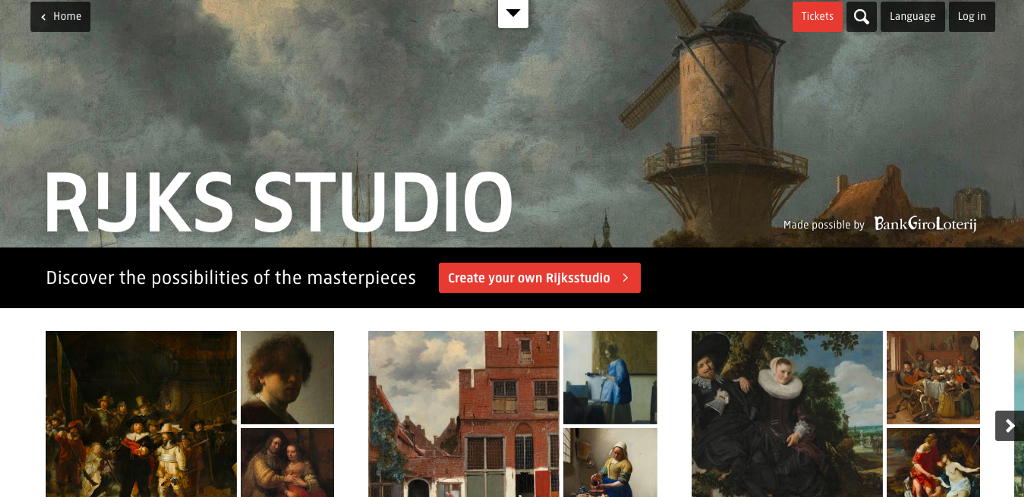
Providing image downloads for works that are in the public domain has been one of the most significant shifts towards open access in the museum sector, with participating institutions including The National Gallery of Art, The Metropolitan Museum of Art, The J. Paul Getty Museum, The British Museum, Te Papa.
Other institutions have begun to make other aspects of their collections and collections-related data available via open access. Cooper-Hewitt has not only digitized their collection but has also released their collection API, branded typeface, and a 3D model of the Carnegie Mansion.
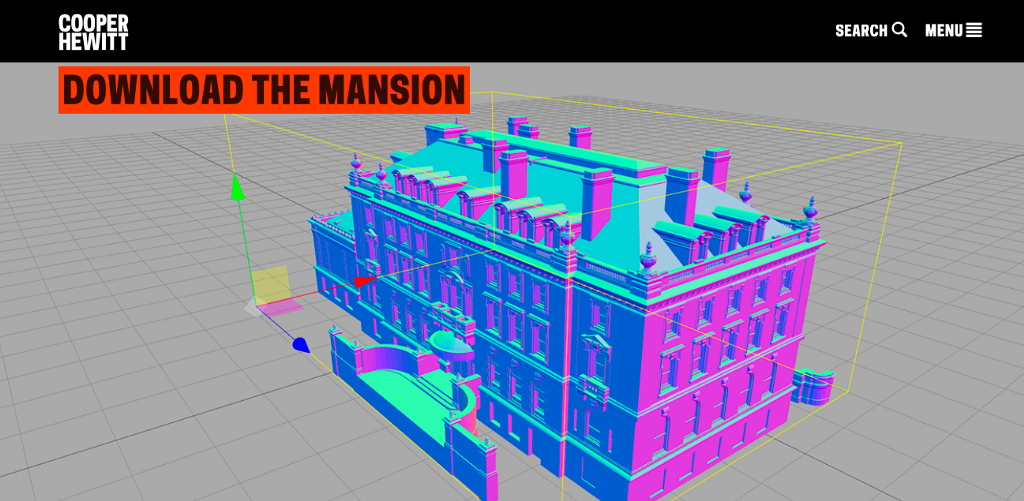
In 2017, the Metropolitan Museum of Art announced that it was releasing all of their images of works held in the public domain under a Creative Commons Zero license. This open access digital collection is growing at a rate of approximately 4,000 new images a month, according to Loic Tallon, the Chief Digital Officer. With this growth in mind, the Met announced in October 2018 that they would be making their collection API open access as well. This was realized as part of their partnership with Google Arts and Culture, but the API would enable all users to have access to the current collection information without requiring the Met to provide constant updates to third-party platforms themselves. This will hopefully inspire users to not only learn about the collection but also generate new content inspired by the collection, both analog and digital.
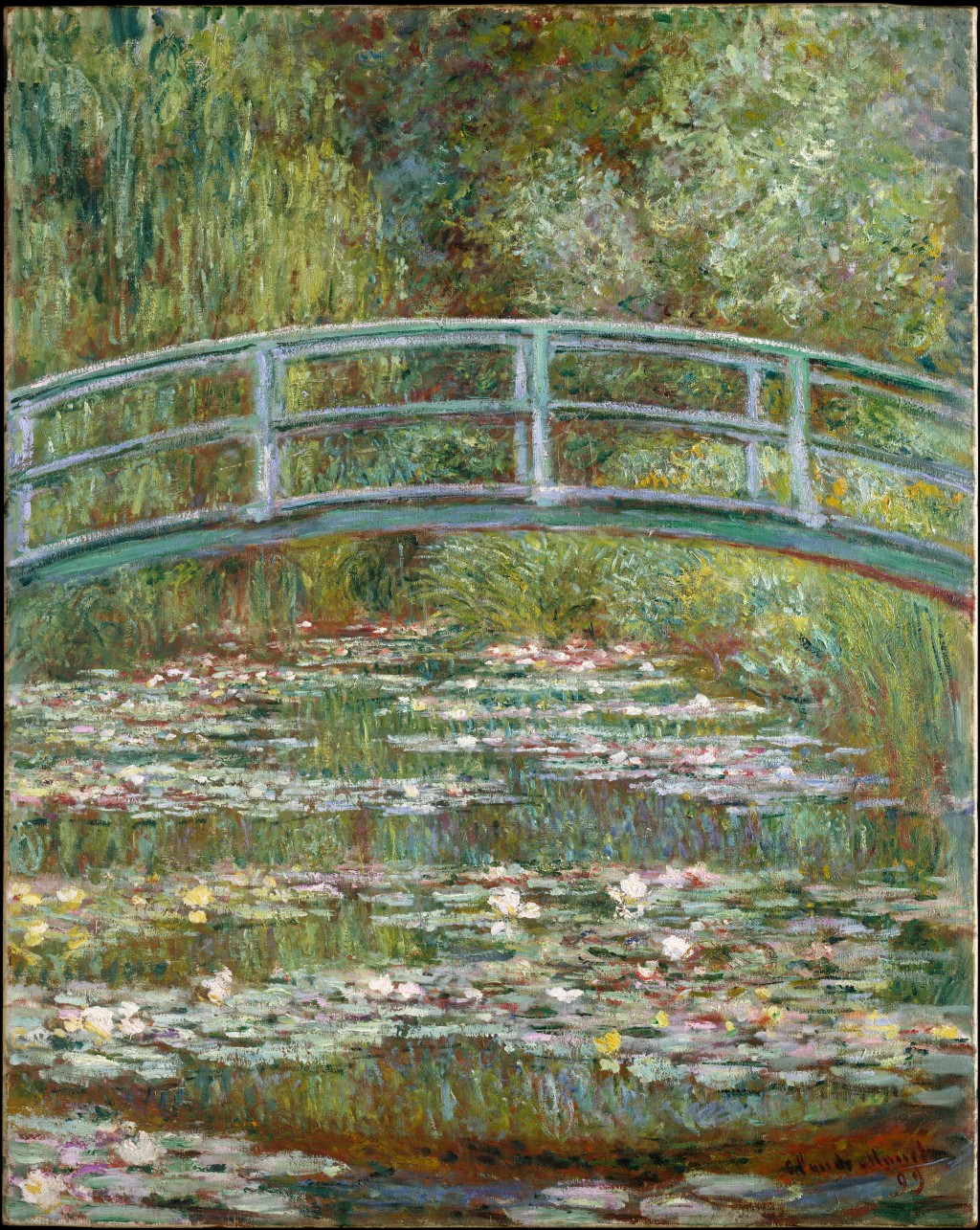
Open access projects can be implemented on a small scale and still have a large digital impact. The Statens Museum for Kunst (SMK) in Denmark also partnered with Google Arts & Culture to host high-resolution images from their collection. At the start of the project in 2011, the SMK only had high-resolution images of 160 “highlights” from their collection. However, as Merete Sanderhoff writes, despite the relatively small sample of works, users created a variety of digital interactive projects based on the SMK’s collection. These user-generated works exemplify the potential of open access collections to inspire creative collaborations with individuals outside the institution. The success of this project has had a transformative effect on SMK, with the museum’s mission now aiming “to be a catalyst for users’ creativity and learning.”
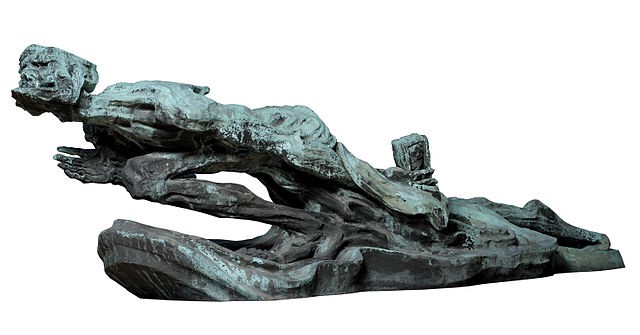
Open Access in Museum (Digital) Strategy
The experience of the museums that have adopted this approach strongly indicates that there are significant institutional gains to be realized, from greater audience engagement to a higher profile for the institution and its collections.
By making open access a priority within an institution’s digital strategy, whether highlighted in a separate planning document or embedded into a broader strategic plan, museums can ensure that the necessary infrastructure is in place to allow an institution to begin sharing their collection data with the broader open access community.
While some of the institutions mentioned by Kelly and Kapsalis in their respective studies reported that the decision to adopt an open access policy was implemented top-down, the majority reported that this decision was made through a series of discussions across the institution. As the implementation of an open access policy is interdisciplinary by its nature, it is important that any digital strategy encompassing these policies be implemented across the breadth of an institution.ƒ
Further Reading
Kapsalis, Effie (27 April 2016). The Impact of Open Access on Galleries, Libraries, Museums and Archives. Smithsonian Emerging Leaders Development program:http://siarchives.si.edu/sites/default/files/pdfs/2016_03_10_OpenCollections_Public.pdf
Kelly, Kristin (June 2013). Images of Works of Art in Museum Collections: The Experience of Open Access. Prepared for The Andrew W. Mellon Foundation: http://msc.mellon.org/msc-files/Open%20Access%20Report%2004%2025%2013-Final.pdf
Micah Walter Studio. “Awesome Open Access.” https://github.com/micahwalterstudio/awesome-openaccess
New Media Consortium Horizon Report — Museum Edition (2016). https://www.nmc.org/publication/nmc-horizon-report-2016-museum-edition/
OpenGLAM — An Open Knowledge Foundation Site. openglam.org
Schmidt, Antje. (2018). “MKG Collection Online: The potential of open museum collections.” Hamburger Journal Für Kulturanthropologie (HJK), (7), 25–39. https://journals.sub.uni-hamburg.de/hjk/article/view/1191
Sanderhoff, Merete. (2016). “Your imagination is the only limit.” https://medium.com/@MSanderhoff/your-imagination-is-the-only-limit-67cc98ebaab1
Sanderhoff, Merete. (2017). “Open is the only way.” https://medium.com/smk-open/the-only-way-is-open-840b38fb8e2
Simmons, John E. (2018). Things Great and Small: Collections Management Policies (American Alliance of Museums) Second Edition.
Tallon, Loic. (2018). “Scaling the Mission: The Met Collection API.” https://medium.com/@loictallon/scaling-the-mission-the-met-collection-api-7dc539e925c5
Beyond Digitization: Planning for Open Access Collections was originally published in Museums and Digital Culture – Pratt Institute on Medium, where people are continuing the conversation by highlighting and responding to this story.